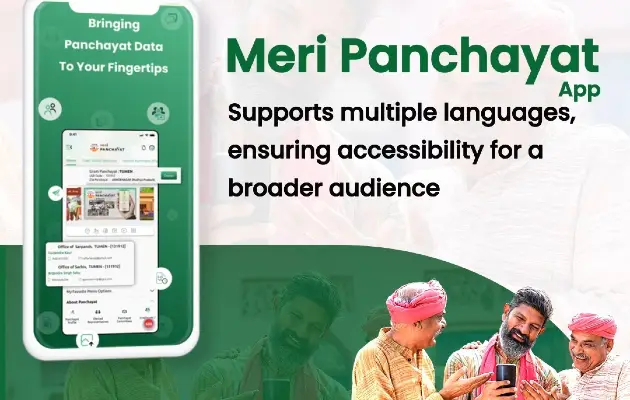Rural governance in India has long faced challenges like limited transparency, slow decision-making, and lack of citizen participation. With technology reshaping every sector, local self-governance is now catching up. The Meri Panchayat is a powerful digital tool designed to improve the way village-level governance operates. It connects citizens with their local panchayats and brings greater accountability to rural administration.
In this article, we explore how the Meri Panchayat is transforming rural governance by promoting transparency, participation, and efficiency.
What Is the Meri Panchayat App?
The Panchayathu App is a mobile and web-based platform created to digitize and streamline the operations of gram panchayats. It allows local bodies to share real-time updates, service statuses, financial details, and development activities with villagers.
At the same time, it enables citizens to raise concerns, track requests, and access public information—all from their phones.
Key Features of the Panchayathu App
Digital Grievance Redressal: Villagers can submit complaints directly to the panchayat through the app. This reduces delays and improves response times. Tracking tools also help users follow the status of their requests.
Access to Public Records: Citizens can view budgets, meeting minutes, beneficiary lists, and local project updates. This encourages informed participation and reduces the chances of corruption or miscommunication.
Real-Time Project Tracking: Development projects such as road construction, water supply upgrades, or school repairs can be tracked through the app. Citizens can monitor progress and report delays.
Online Services: Many administrative services like applying for certificates, registering births and deaths, or requesting land records can now be done through the app. This saves time and reduces the need for in-person visits.
Panchayat News and Notices: The app functions as a digital notice board, keeping villagers informed about upcoming meetings, health drives, public schemes, and other community events.
How Meri Panchayat Empowers Villages
Transparency in Governance: The app makes panchayat operations open to public viewing. By reducing secrecy and increasing visibility, it promotes honest and accountable governance.
Encourages Participation: Villagers are more likely to engage when they feel heard and informed. The app gives them a direct channel to their elected leaders, fostering a more active civic life.
Improves Service Delivery: By reducing paperwork and speeding up communication, the app helps in the faster delivery of essential services.
Bridges the Digital Divide: Although rural internet penetration is still growing, the app is lightweight and mobile-friendly. With regional language support, it is accessible to a wide user base.
Challenges and the Way Forward
While the Panchayathu App holds great promise, there are some challenges:
Digital Literacy: Some villagers may need help using smartphones or apps.
Infrastructure: Poor internet connectivity in some areas can limit access.
Training Needs: Panchayat staff and officials may require digital training to use the platform effectively.
Despite these hurdles, with government support, training programs, and better connectivity, the Panchayathu App can become a key pillar in rural digital transformation.
Conclusion
The Meri Panchayat is a step toward building a more transparent, inclusive, and responsive rural governance system. By using simple technology to bring citizens closer to their local leaders, it strengthens democracy at the grassroots level.
As more villages adopt digital tools like this, we move closer to a future where every citizen, regardless of location, has a voice in how their community is run.









Leave a Reply